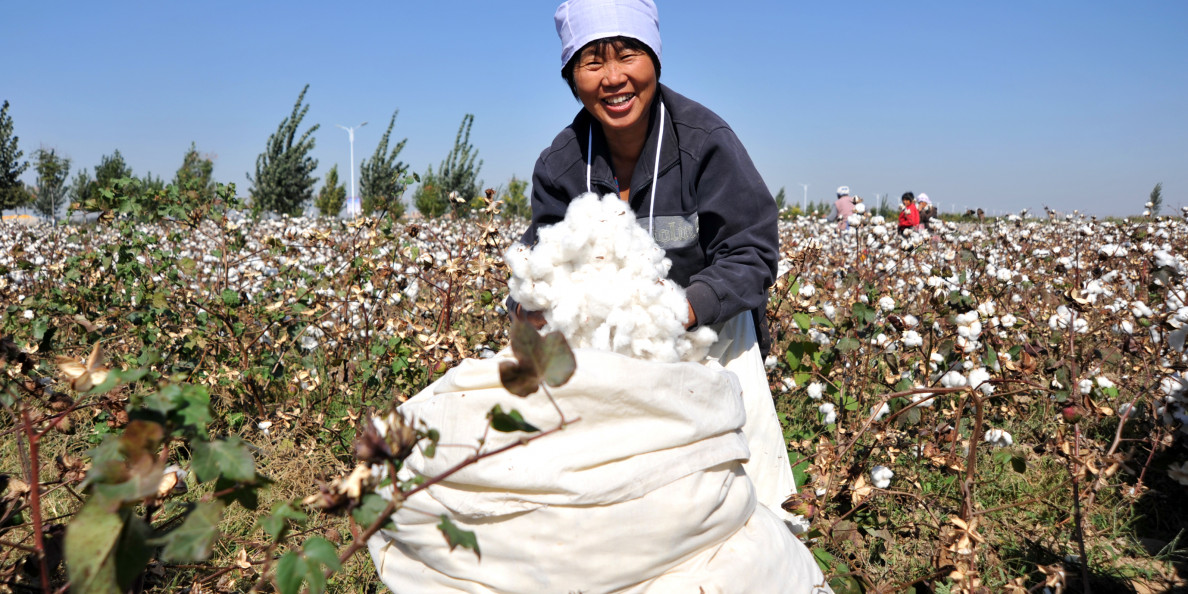| On the night of Nov 14, the National Food and Strategic Reserves Administration and the Ministry of Finance announced to reserve 500kt of 2019/20 Xinjiang cotton into state warehouses from Dec 2 2019 to Mar 31 2020. There were already rumors in circulation before the announcement, so the market mood has released somewhat on Zhengzhou cotton futures market, and after the news was confirmed, the ZCE cotton futures turned to go downward. The report will analyze the state cotton reserves from the volumes, quality, and reserve rules, and analyze its influence on late market. 1. Comparison of rules about state cotton reserves
Looking from the comparison, the reserving volumes in 2019/20 season are only about 500kt, which are far lower than the reserving volumes in 2011/12 to 2013/14 seasons, during the period the reserving volumes are without restriction. Besides, this round of reserves are not adopted the relatively high level of fixed price, but is subject to a maximum price declared weekly and linked to the spot cotton values (1.02 times). During the reserves, if the Chinese cotton prices are 800yuan/mt higher than international cotton for three consecutive days, the reserves will be suspended, and the reserves will resume when the price spread falls back to 800yuan/mt. It is closer to the spot market and prevents the prices up and down sharply. Moreover, the requirement on the reserved cotton quality is stricter. The color index excludes the white grade-4 cotton, length improves to 28mm and above, and micronaire has no C2 grade. It is obviously seen that this reserves are supportive to the market, and it is to improve the quality of reserved cotton overall. Then under the background of this changed rules, what about its influences? 2. Influence of reserved cotton quality The new cotton quality is inferior this year compared to last year, but the requirement on reserves is high. Then is there any influence of reserving 500kt quality cotton into state warehouses on spot cotton market structure?  Viewed from the inspection of China Fiber Bureau, by end Oct 2019, the inspection volumes of new cotton that is in line with the reserved quality have reduced sharply compared to the prior three crop years. According to current theoretical assumption, the available supply of 2019/20 cotton to the state warehouses is estimated at 3.12 million tons, without the reserving volumes of 500kt, the quality new cotton to the physical market is about 2.62 million tons. Besides, the reserved cotton requires the strength 26gpt, and without this part, the quality new cotton to the physical market reduces further. In addition, the China Fiber Bureau and the reserved cotton has not involved the trash content of cotton, but during the actual consumption of mills, the trash content needs to be considered. In 2019, the trash content in North Xinjiang machine-picked cotton is heard to be high. Therefore, the supply for mills to use the quality new cotton is not large.  The timing of the reserves this year is from Dec 2 2019 to Mar 31 2020, and the ideal reserving volumes are about 120-150kt per month. In 2019/20 season, the inspected cotton that is met with the reserved cotton quality is the lowest in the four crop years. Besides, the new cotton quality is inferior compared to last year, and as ginners have no large quantity of quality cotton at hand, some ginners may be unwilling to sell quality cotton, leading to higher price difference between high-grade and low-grade cotton. In conclusion, though the reserving volumes of 2019/20 cotton are only 500kt, with the much higher of old and new cotton stocks than last year, the reserving volumes are small. The bid process of the reserves can restrict the price and the price can be close to the spot values. Currently, demand remains weak, and the reserves only can underpin the cotton prices. However, the new cotton quality is inferior, and the available supply for mills reduces, so the structural problem exists. Later, the price spread between high-grade and low-grade cotton may enlarge, and it is also likely to see that the quality cotton prices push up the whole spot cotton market. | |||||||||||||||||||||||||||||||||||||||||

CHINA: What are the influences of reserving 500kt Xinjiang cotton?
Το περιεχόμενο του άρθρου δεν είναι διαθέσιμο στη γλώσσα που έχετε επιλέξει και ως εκ τούτου το εμφανίζουμε στην αυθεντική του εκδοχή. Μπορείτε να χρησιμοποιήσετε την υπηρεσία Google Translate για να το μεταφράσετε.

